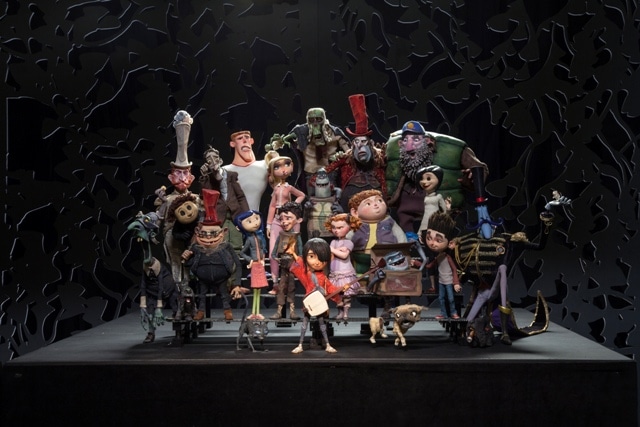Jun 2 2016
3D printing features are very important for the film industry. LAIKA, the US animation studio, depends on 3D printing hardware and the advanced software to create its films. A recent association between Fraunhofer and Stratasys now enables printing of a countless number of accurate colors and fine gradients in plastic, providing accurate colors that were never seen before.
 The characters of LAIKA’s films. On LAIKA’s fifth film they will be utilizing the powerful universal print driver Cuttlefish from Fraunhofer IGD. © Photo LAIKA
The characters of LAIKA’s films. On LAIKA’s fifth film they will be utilizing the powerful universal print driver Cuttlefish from Fraunhofer IGD. © Photo LAIKA
While employing stop-motion animation that has a distinct appeal, 24 frames equal 1 second of animation. Every frame should be carefully set with props and puppets increasingly altered in tiny movements. From the individual motionless scenes, which are recorded using a digital camera, the full movie is compiled. 3 Oscar nominated movies - Coraline (2009), ParaNorman (2012), and The Boxtrolls (2014) was produced by LAIKA. LAIKA received the Scientific and Engineering award from the Academy of Motion Picture Arts and Science for using 3D printing in animation. Kubo and the Two Strings, which is LAIKA’s fourth feature, would release this year in theaters.
LAIKA models, designs, animates, and paints puppet faces in the computer and uses 3D color printers to create millions of different puppet facial expressions. LAIKA started this practice in their first film Coraline and continues to work further in improving 3D Printing technology with each successive film. LAIKA will be using Stratasys’ advanced color plastic printing hardware and Fraunhofer IGD’s universal print driver Cuttlefish in its fifth film to get repeated and accurate color from one face to another.
The powerful Cuttlefish enables working with multiple printing materials simultaneously, allowing precise simulation of colors, structure, and smooth color alterations from the original, and replicating the printout on screen beforehand.
Our first tests were fantastic. We have never seen such accurate and detailed color before in a plastic 3D print.
Brian McLean, Director of LAIKA’s Rapid Prototyping Department